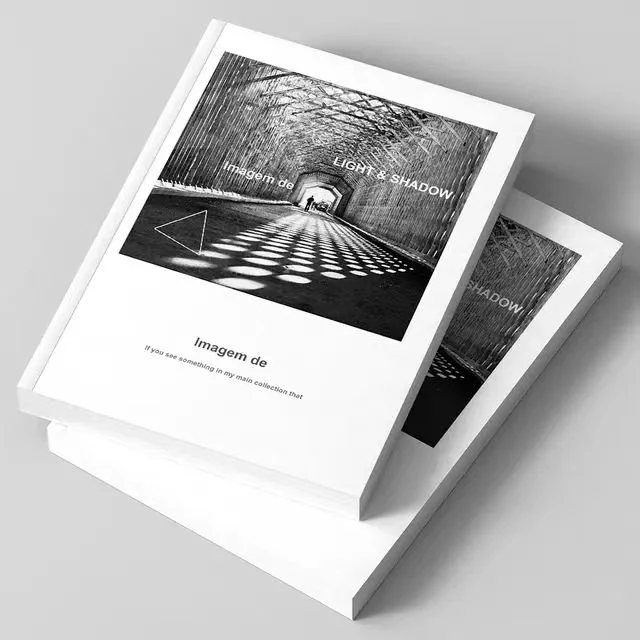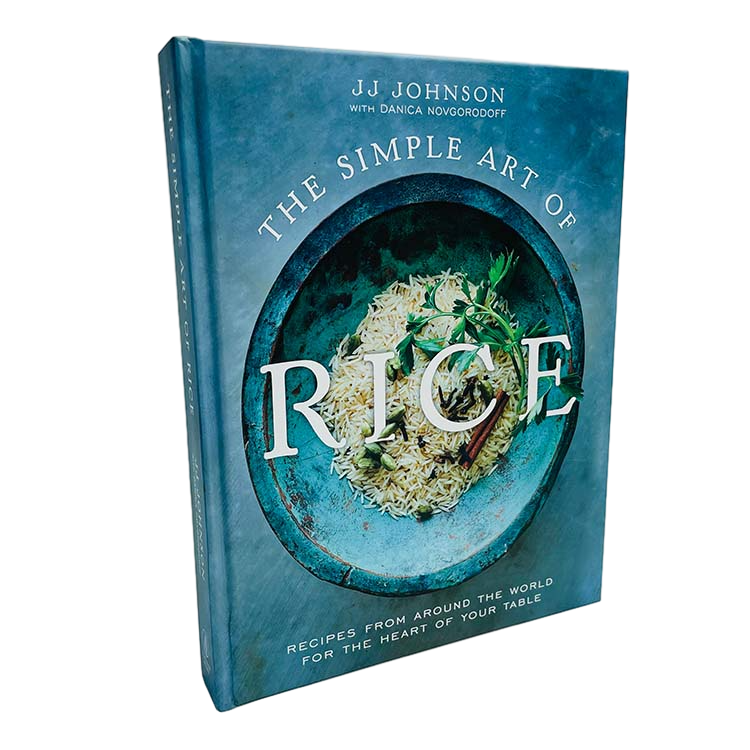How Much Does It Cost to Print a Book?
Printing a book, whether for self-publishing, small business needs, or custom orders, involves a variety of factors that directly impact the overall cost. For anyone looking to turn their manuscript into a physical book, understanding these key factors can help in securing accurate quotes and making well-informed decisions. This article delves into the primary aspects that determine book printing costs and provides practical insights on how these factors influence the final price.
Table of Contents
1. Size of the Book
The size of the book is one of the first elements a printing company will consider when calculating costs. Standard book sizes are often more economical to print, while custom sizes can lead to increased prices.
- Standard Sizes: Typical sizes, like 6×9 inches for trade paperbacks or 8.5×11 inches for textbooks, are generally more affordable because they fit within standard press settings, meaning less paper waste and more efficient production.
- Custom Sizes: Opting for non-standard dimensions can raise costs. Custom sizes often require special adjustments in the printing and binding process, potentially leading to additional setup fees or material costs.
Why Size Matters
Book size affects paper usage and production efficiency, impacting the total cost. Knowing your preferred size upfront helps printers assess paper requirements and optimize printing, which can lead to lower costs, especially if bulk printing is involved.
2. Number of Pages
The number of pages directly influences the cost of printing a book. More pages mean more materials, printing time, and higher production costs.
- Page Count and Material Cost: Paper is a significant cost factor, so the more pages you have, the more paper is required, leading to higher costs. Book thickness also influences binding methods, as heavier books may require more robust bindings.
- Impact on Spine Width and Binding: A thicker book will typically require a wider spine, which may increase binding costs, particularly if it requires specific binding techniques to ensure durability.
Estimating Costs Based on Page Count
To estimate costs accurately, calculate the page count by finalizing the book’s content and design. Knowing the number of pages will allow printers to provide a clearer breakdown of costs for paper, binding, and other components.
3. Use of Color
Printing costs vary significantly depending on whether your book contains color pages or is entirely black-and-white. Each approach has its own pricing structure, often based on the type of content and visual requirements of the book.
- Full Color vs. Black and White: Black-and-white books are generally cheaper to print than color books, as color printing requires additional ink and sometimes a different type of printer. Color printing is often used for children’s books, cookbooks, and design-heavy materials, while novels and text-focused books are usually printed in black and white.
- Partial Color: Some books only include color on select pages, such as images or illustrations. This can be more cost-effective than full-color printing but still incurs higher costs than all-black-and-white printing. Discussing with a printer about specific color placement can help in managing costs.
How Color Affects the Printing Budget
Color printing, particularly in high-quality formats, generally increases the cost per page. Printers may offer options for partial color placement to achieve the visual impact you desire without inflating your budget too much.
4. Type of Cover
The choice between a hardcover and a paperback cover will also significantly affect printing costs. Each option provides different benefits and price considerations.
- Paperback (Soft Cover): Paperback books are often more affordable due to the lower cost of materials. They are flexible, lighter, and less expensive to produce, making them a popular choice for novels and self-published books.
- Hardcover (Hard Cover): Hardcover books offer durability and a premium feel, often preferred for high-value or collectible editions. They involve more materials and additional steps in production, which raises the cost. Hardcover books may also include features like dust jackets, which add further to the expense.
- Additional Cover Options: Some covers may have extra features, such as embossing, foil stamping, or UV coating, which enhance the book’s aesthetic but increase the overall production cost.
Choosing the Right Cover for Your Book’s Purpose
While hardcovers are more expensive, they provide a long-lasting and professional appearance, which can justify the cost for certain types of books. Paperbacks, on the other hand, offer a balance between quality and affordability, ideal for self-publishing or mass-market distribution.
5. Type of Binding
Binding plays a crucial role in both the book’s durability and its overall production cost. Different types of binding are suited for different kinds of books and budgets.
- Perfect Binding: Perfect binding, often used for paperbacks, involves gluing the pages to the spine. This is a cost-effective option that provides a clean, professional look suitable for most trade books.
- Spiral Binding: Spiral binding is ideal for manuals, workbooks, and other practical guides, allowing books to lay flat when open. However, spiral binding can be pricier, depending on the material and thickness of the wire used.
- Wire-O Binding: Similar to spiral binding, Wire-O binding offers a more sophisticated look and is often used for presentation or high-end instructional books. While it’s durable and functional, Wire-O binding generally has higher production costs.
- Sewn Binding: Sewn binding is often found in hardcover books and offers the highest durability. This method is more costly but enhances longevity and is suitable for high-quality or collectible books.
Binding for Functionality and Budget
Selecting the right binding can depend on the intended use and target audience of the book. For instance, a manual or cookbook might benefit from spiral binding, while a novel could be more affordably bound with perfect binding.
Additional Cost Factors to Consider
While these five main factors greatly influence printing costs, other elements can also impact the price.
- Quantity of Books Printed: Printing in bulk is often more economical per unit than printing small quantities. Many printers offer discounts for larger orders, so the per-book cost decreases as the quantity increases.
- Shipping and Distribution Costs: Shipping costs can vary based on the weight, size, and destination of the books. Discussing distribution options with the printer or choosing local printers can help reduce these costs.
- Paper Quality: High-quality paper and specialty finishes, such as matte or glossy, add to the overall cost. The choice of paper should align with the book’s purpose and audience.
- Printing Setup Fees: Initial setup fees can apply for things like preparing files, adjusting machinery, and completing other pre-press tasks. These are often one-time fees and can be minimized by providing accurate, print-ready files.
Practical Tips to Save on Book Printing Costs
- Clarify Specifications: Providing clear specifications, such as size, page count, and color requirements, enables printers to deliver precise quotes.
- Consider Print-on-Demand Services: For smaller quantities, print-on-demand (POD) services can be cost-effective, eliminating the need for bulk printing.
- Seek Bulk Discounts: If you’re planning a large print run, look for printers that offer volume discounts.
- Request a Proof Copy: Ordering a proof copy can save you from costly mistakes by allowing you to review the final product before committing to a full print run.
Conclusion
Printing a book requires careful consideration of numerous factors, from the book’s size and page count to its binding and color requirements. Each choice influences the final cost, and understanding these elements helps make the process more predictable and budget-friendly. Whether you’re printing a single edition or a large batch, being clear about your specifications allows printers to offer accurate quotes that align with your budget.
By knowing these essentials, you can approach book printing with confidence, ensuring that your finished product is both affordable and aligned with your vision.
Frequently Asked Questions
Question 1: How does print-on-demand (POD) compare to traditional printing for book costs?
A: Print-on-demand (POD) is ideal for smaller print runs, as it eliminates the need for large upfront investments. With POD, books are printed only when ordered, reducing storage costs and minimizing waste. However, the per-book cost is generally higher than with traditional bulk printing, so POD is most cost-effective for low-volume or one-off print runs rather than large quantities.
Question 2: Can I lower printing costs by using different paper types?
A: Yes, choosing a more economical paper type can reduce printing costs. Standard paper types are usually more affordable than premium or specialty options like glossy or archival-grade paper. If your book does not require high-end finishes, opting for standard paper can help cut expenses. Discuss paper choices with your printer to find a balance between cost and quality that suits your project.
Question 3: What is the typical cost difference between paperback and hardcover printing?
A: Hardcover printing generally costs more than paperback due to the materials, binding method, and added steps involved. On average, hardcover books can be 2-3 times more expensive per unit compared to paperbacks. However, hardcovers provide a premium feel and enhanced durability, making them suitable for collectibles, high-value editions, or books intended for long-term use.
Book Printing
New Products
Last Blog
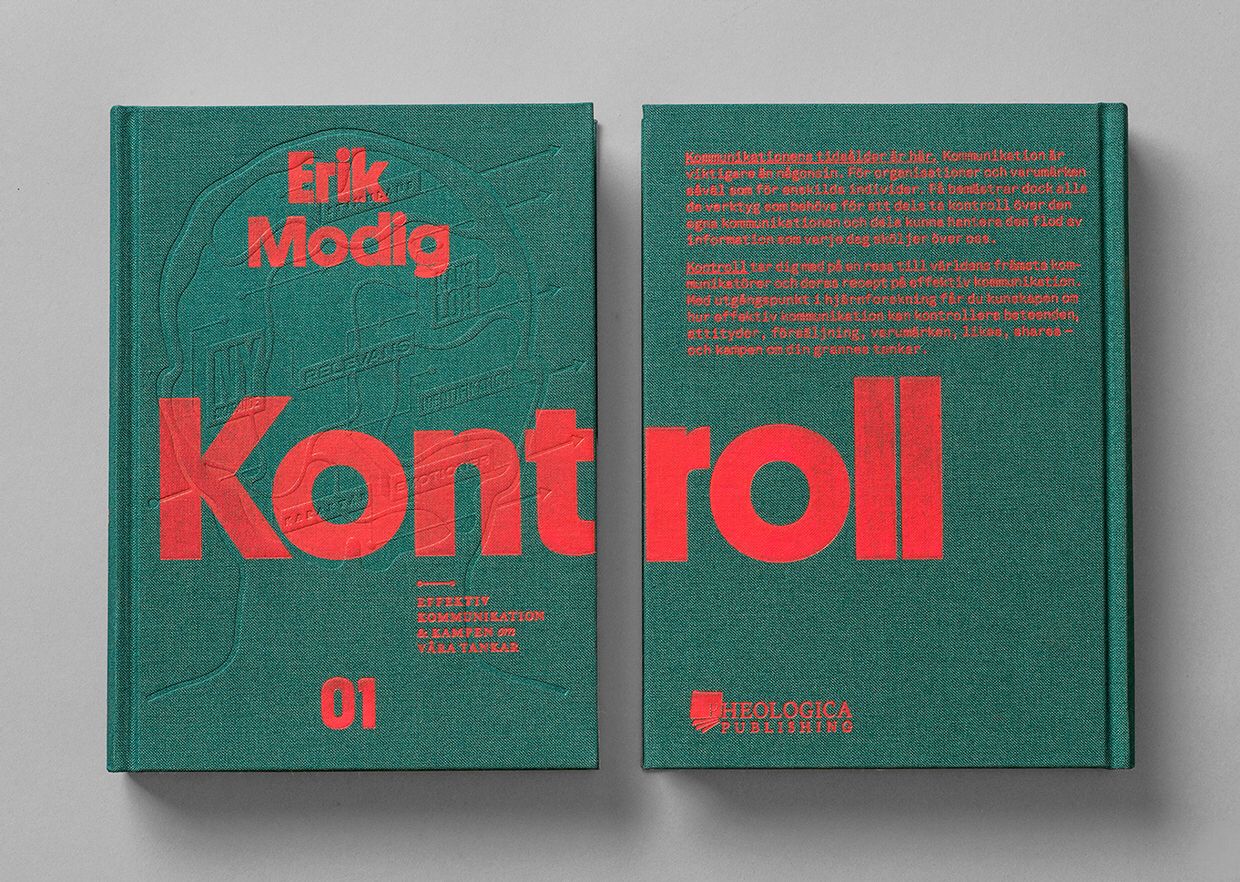
Cheap Ways to Print High-Quality Books in China
If you’re diving into self-publishing, one of your primary concerns will be finding economical options for book printing
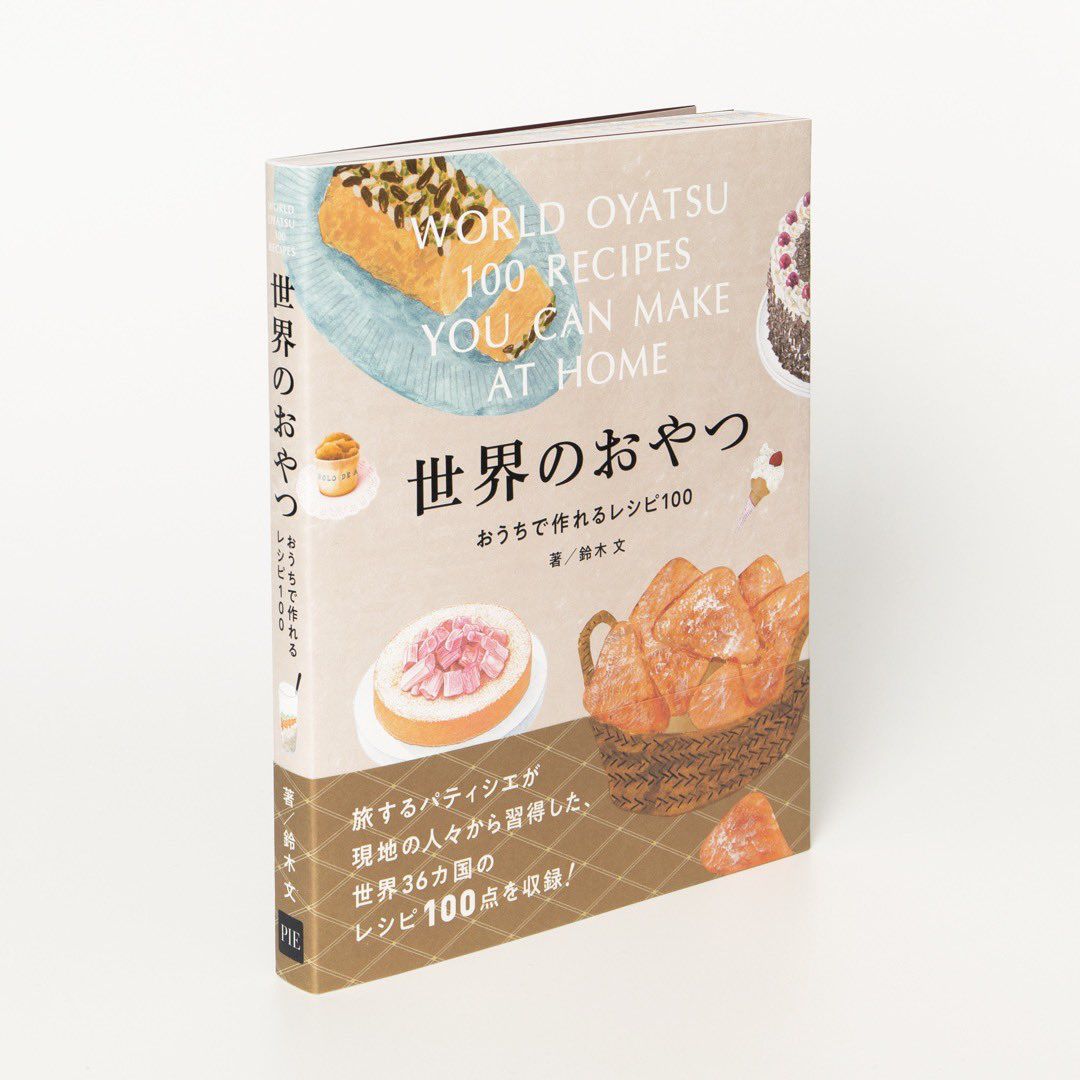
5 Key Benefits of Print-On-Demand Books for Authors and Readers
If you’re diving into self-publishing, one of your primary concerns will be finding economical options for book printing
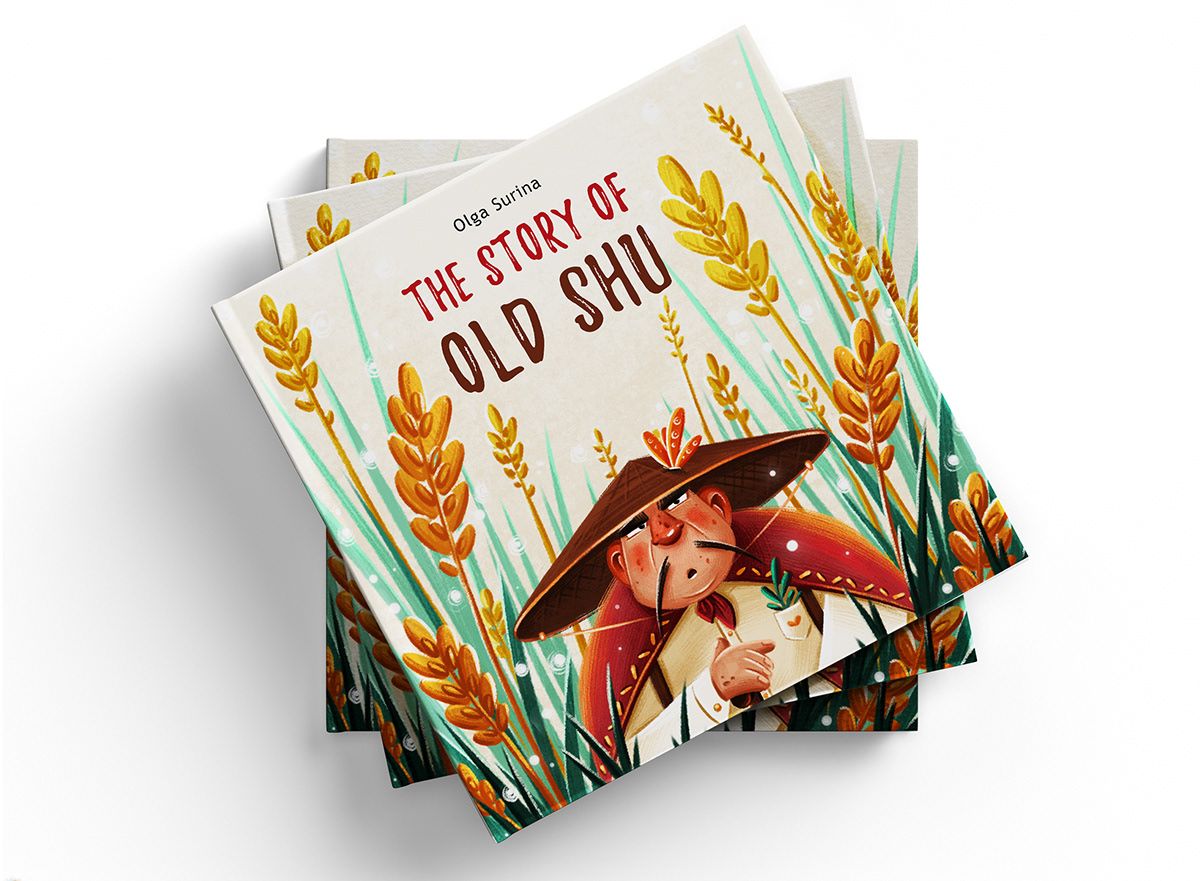
What Kind Of Paper Are Children’s Books Printed On?
When creating a children’s book, every element matters—especially the choice of paper. Selecting the right type of paper can elevate a book’s look,
Contact Us
- +86 13946584521
- info@booksprinting.net
- 8:00 - 22:00 (Mon - Sun)
Tags
Comments
Related Blog
Find the newest trends and common knowledge in book printing business.
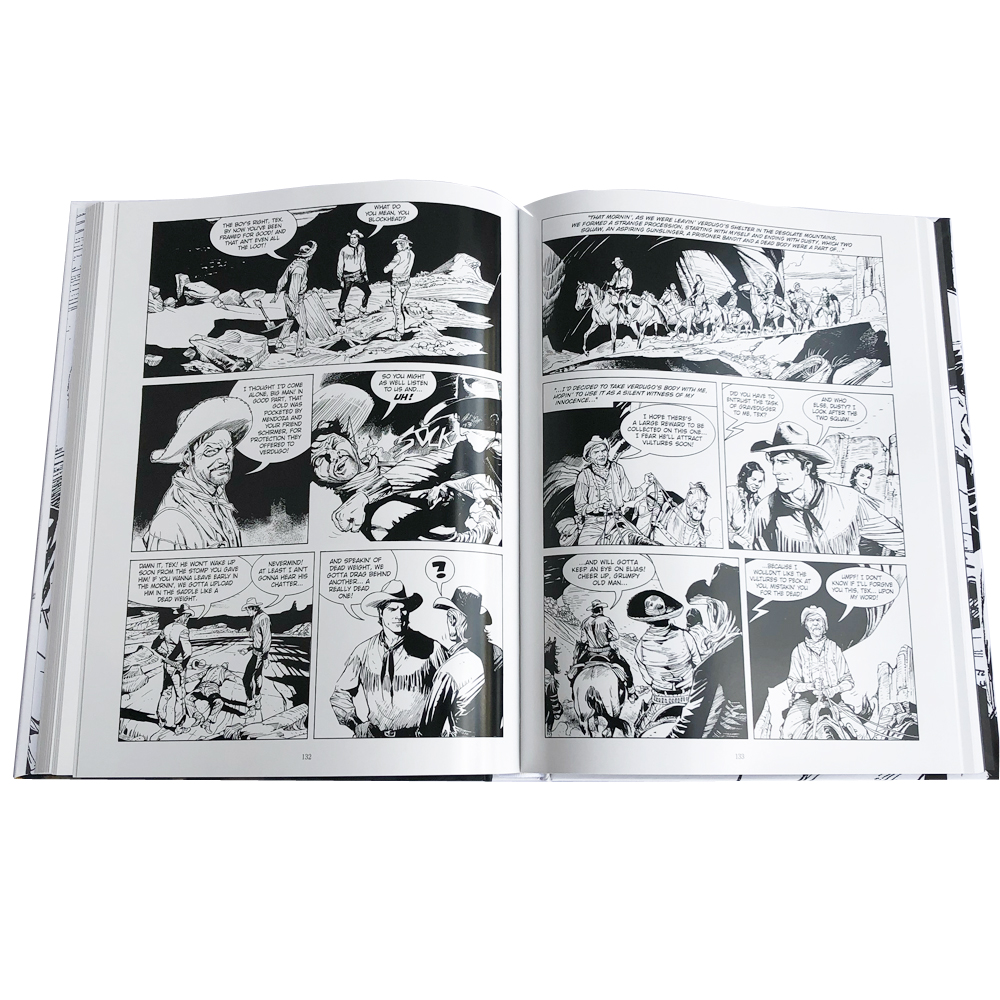
How To Create Your Own Comic Book?
Creating and printing a comic book is an exciting yet intricate journey that combines storytelling, illustration,
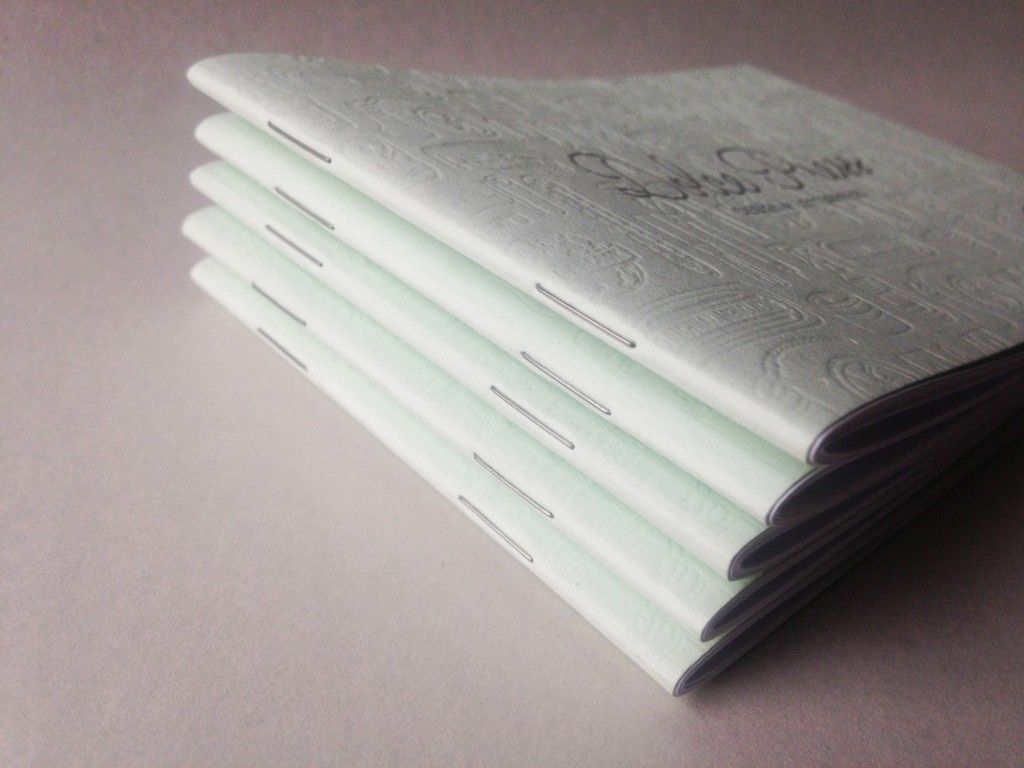
What Is Saddle Stitch Booklet Printing
Saddle stitch booklet printing is a highly effective binding method commonly utilized in the production of various types of journals, magazines, and brochures.
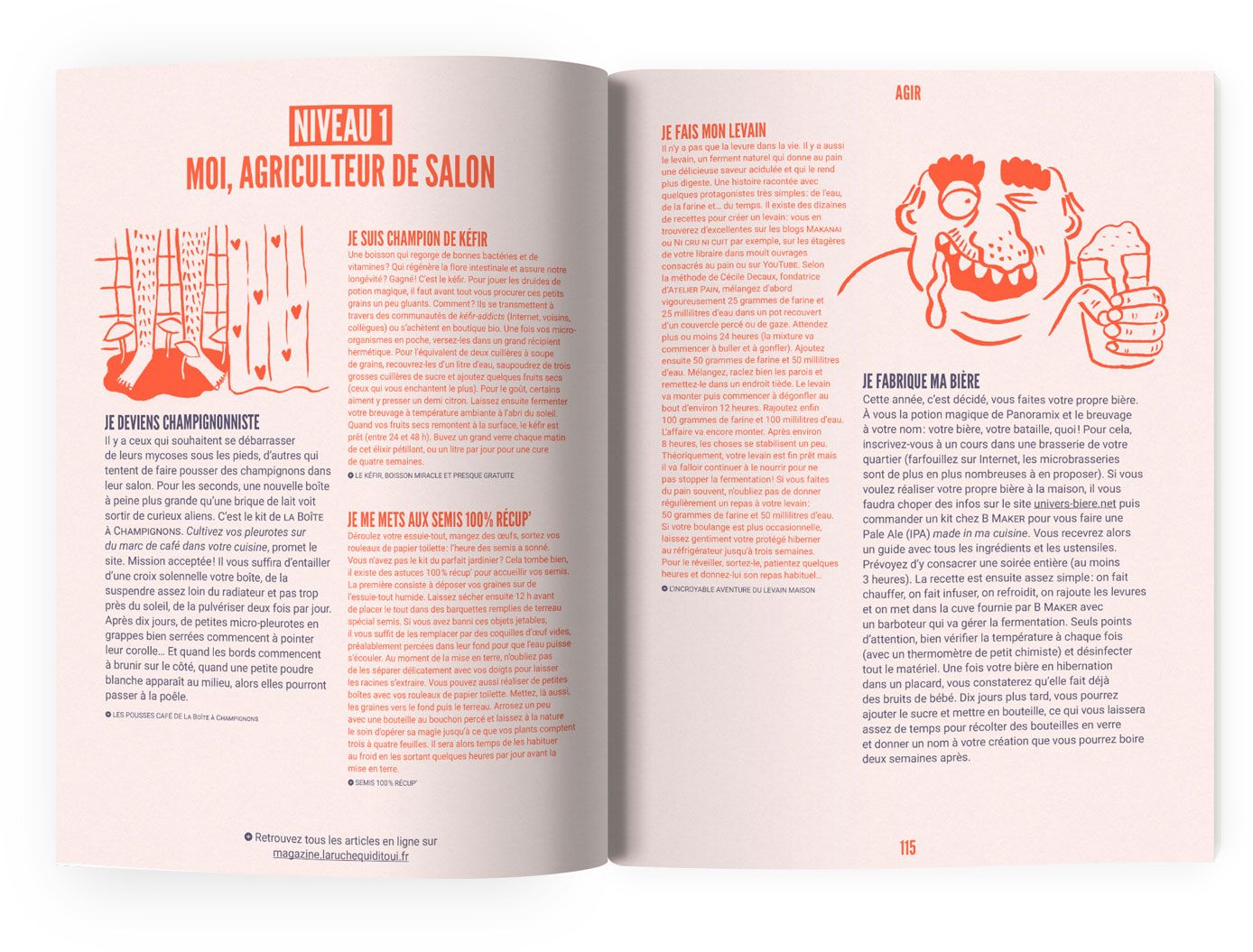
How Much Does Printing Books Cost
Embarking on the journey of self-publishing a book is both exhilarating and challenging. As a book printing factory,

Why Do People Prefer Paperback Books
In the world of publishing, a hardcover book cover is far more than just a protective layer—it’s a dynamic storytelling device.


